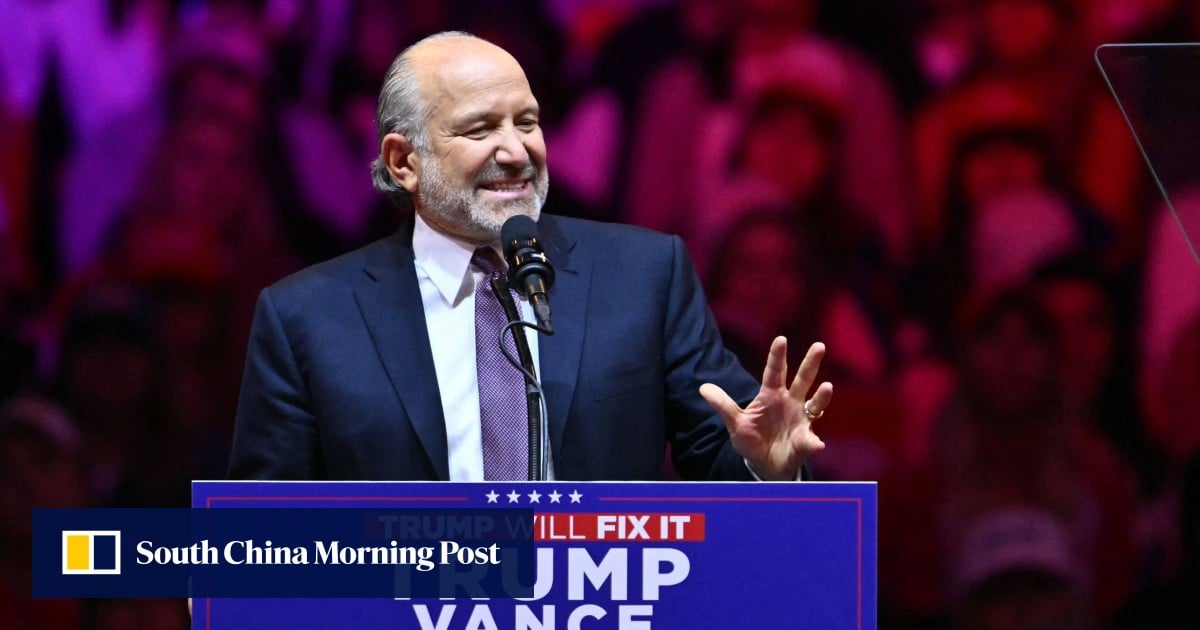Updated
Nov 20, 2024, 01:17 AM
Published
Nov 20, 2024, 01:16 AM
Elon Musk's SpaceX is set on Tuesday to launch the sixth test of its giant Starship rocket from Texas, eyeing improvements in its hypersonic reentry into Earth's atmosphere and a novel technique for landing its booster, as U.S. President-elect Donald Trump watches in person.
Trump is expected to be joined by his son Donald Jr. and Republican U.S. Senator Ted Cruz at the launch of Starship scheduled for 4 p.m. CT (2200 GMT) from SpaceX's sprawling rocket development site in Boca Chica, Texas, according to two people familiar with the president-elect's plans.
The roughly 400-foot (122-meter) tall rocket system is designed to land astronauts on the moon and ferry crews to Mars. The first stage, called Super Heavy, on Tuesday is due to boost Starship into space before returning to land, while Starship travels around Earth for a planned daytime splashdown in the Indian Ocean some 90 minutes later.
In a launch last month, Starship's first stage booster returned to land for the first time by falling into giant mechanical arms at the launch site, a key step in its reusable design.
Musk, the world's wealthiest person, was a prominent supporter of Trump's presidential election campaign, appearing with him at rallies and backing him with roughly $130 million in political support. Musk stands to benefit from Trump's victory, with the billionaire entrepreneur expected to wield extraordinary influence to help his companies and secure favorable government treatment.
Trump on Nov. 13 appointed Musk as co-leader of a new government efficiency project that the SpaceX founder and Tesla CEO has said will rid the federal government of wasteful spending and regulations he has called burdensome.
The U.S. Federal Aviation Administration's regulation of commercial rocket launches has been a source of frustration for Musk, who has complained that the agency impedes his company's progress in getting to Mars.
Musk on Tuesday listed four core objectives for the test flight - restarting Starship's space-tailored engine during flight - key for its in-space maneuverability - and making a more visible ocean landing during the daytime, while past attempts have been at night.
Super Heavy's return to its launch-tower arms and Starship's atmospheric reentry on the other side of the world will be faster and more intense, Musk added.
"There are thousands of small design changes also being tested," Musk said.
Using large arms attached to a launch tower, SpaceX will again try to catch Starship's 233 foot (71-meter)-tall first stage Super Heavy booster roughly 10 minutes after it lifts off, an engineering spectacle that intrigued Trump the first time SpaceX tried it in October.
"Did you see the way that sucker landed today?" Trump asked the crowd at a political rally after that Starship test.
SpaceX is eyeing swift advances in Starship development during a second Trump administration. The administration's space agenda is expected to give NASA's Artemis program, which is due to return astronauts to the lunar surface, a greater focus on the more ambitious goal of landing people on Mars, Musk's premier space aspiration.
"We just passed 400 launches on Falcon, and I would not be surprised if we fly 400 Starship launches in the next four years," SpaceX President and COO Gwynne Shotwell said at the Baron Investment Conference in New York last week, referring to the company's workhorse rocket. REUTERS

 By The Straits Times | Created at 2024-11-19 17:49:17 | Updated at 2024-11-19 20:41:00
3 hours ago
By The Straits Times | Created at 2024-11-19 17:49:17 | Updated at 2024-11-19 20:41:00
3 hours ago








